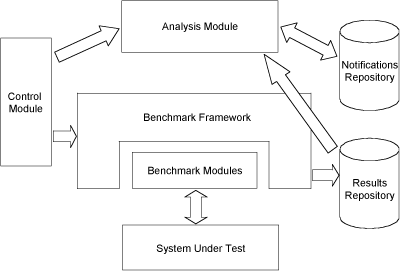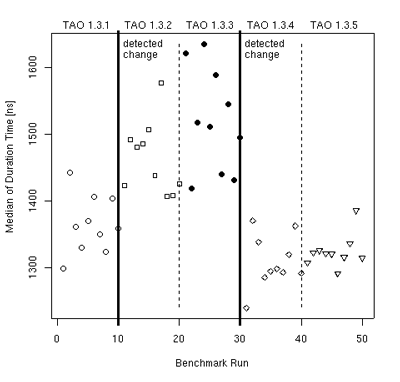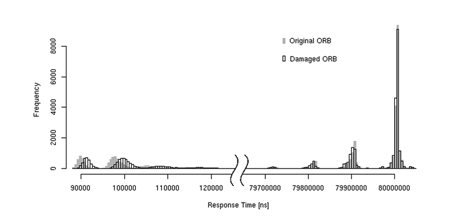|
|||||||
From Regression Testing to Regression Benchmarkingby Petr Tuma Automated testing is widely used to detect regressions in software functionality during development. This is in contrast with the impromptu handling of regressions in software performance. The Distributed Systems Research Group in the School of Computer Science, Charles University, Prague, is working on extending regression testing to cover performance as well as functionality. Regression testing is a proven and popular approach to meeting the demand for quality assurance during software development. In this process, a suite of tests is developed alongside the software so that the software can be regularly tested, and regressions in its functionality discovered and fixed. This, however, does not extend to regressions in performance, which are often orthogonal to functionality and consequently missed by regression testing. Our current research focuses on remedying the existing neglect of performance in regression testing. We are building on the results of our past middleware benchmarking and comparison projects with industrial partners such as Borland International and IONA Technologies. We have designed a regression-benchmarking environment capable of providing extensive and repetitive testing for regressions in performance, dubbed regression benchmarking. Distinguishing Traits
Foremost in the features that make regression benchmarking different from benchmarking in general is the requirement that the former be fully automated. The automation requirement concerns both the benchmark execution and the results analysis. The automated benchmark execution proves to be relatively simple, with the existing remote-access and scripting mechanisms being well up to the task. One problem associated with this is whether the execution time is short enough to allow the execution to run frequently. This puts demands on the ability of the environment to recognise, without undue delay, when the benchmark is producing stable data (as opposed to data distorted during warm-up) and when sufficient amount of data has been collected. Developed Techniques With simple benchmarks, we primarily strive to minimise variation among results. We design the benchmarks to measure short operations and express the results using robust estimators that are not affected by a small number of exceptional observations. This minimises the probability of any interference that would increase the variation of the results. While the variation is reduced, it is not altogether removed. This prevents performance regression being detected through a direct comparison of the results. We continue by interpreting the results as a sequence of independent identically distributed observations of a random variable, and compare the results using common statistical tests for comparing samples from two populations, as illustrated in Figure 2.
For complex benchmarks, we cannot easily minimise variation of the results, which is significantly larger than with the simple benchmarks. This prevents not only a direct comparison of the results, but also the use of the common statistical tests, which provide only weak results. We tackle this problem by interpreting the results as a union of clusters that can be compared one–by–one, using the traditional iterative clustering algorithms to separate the results into clusters (see Figure 3). Further work on the algorithms is required to avoid the need for manual hints and other input, which is incompatible with the regression benchmarking. Links: Please contact: |
|||||||





